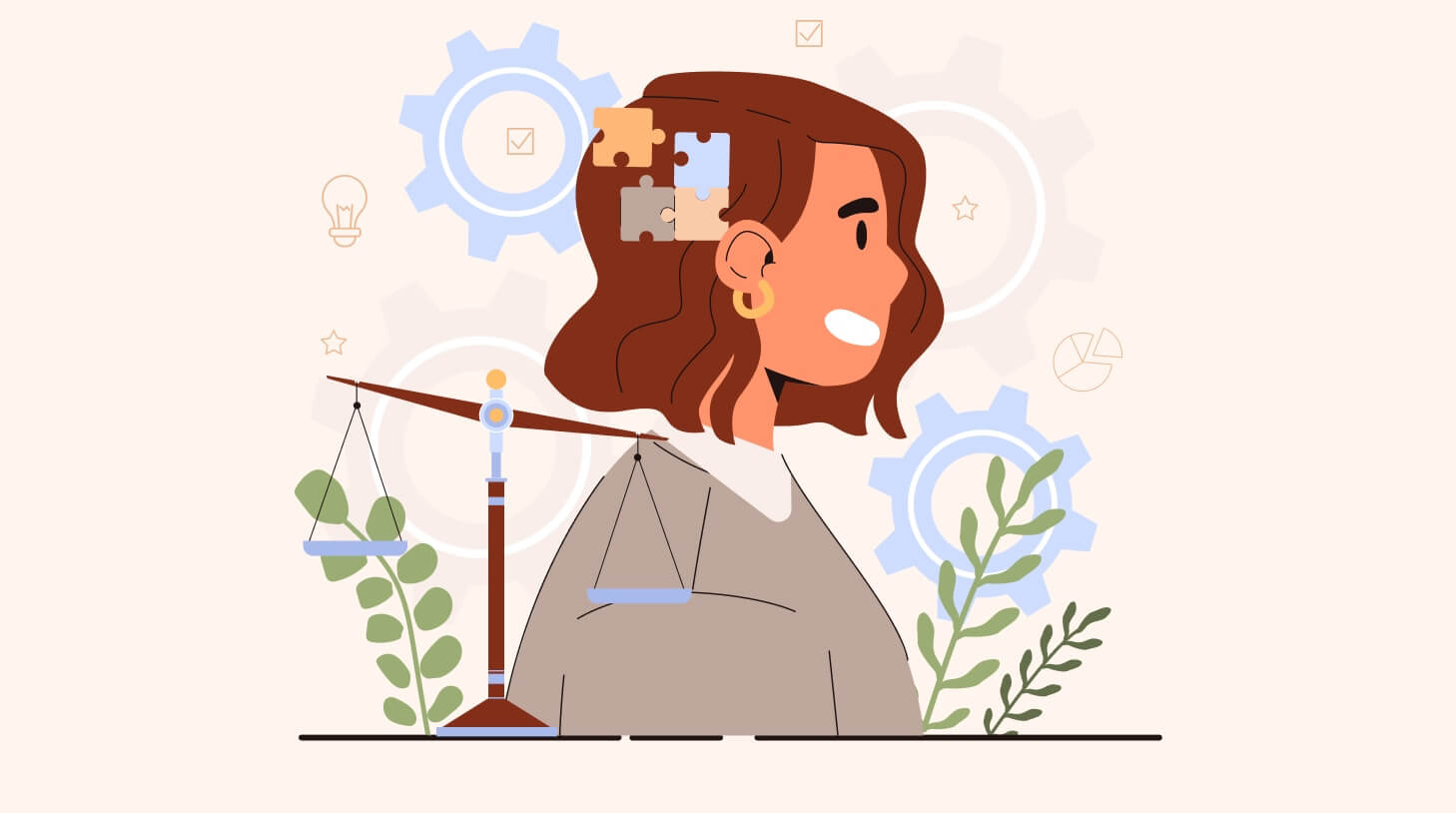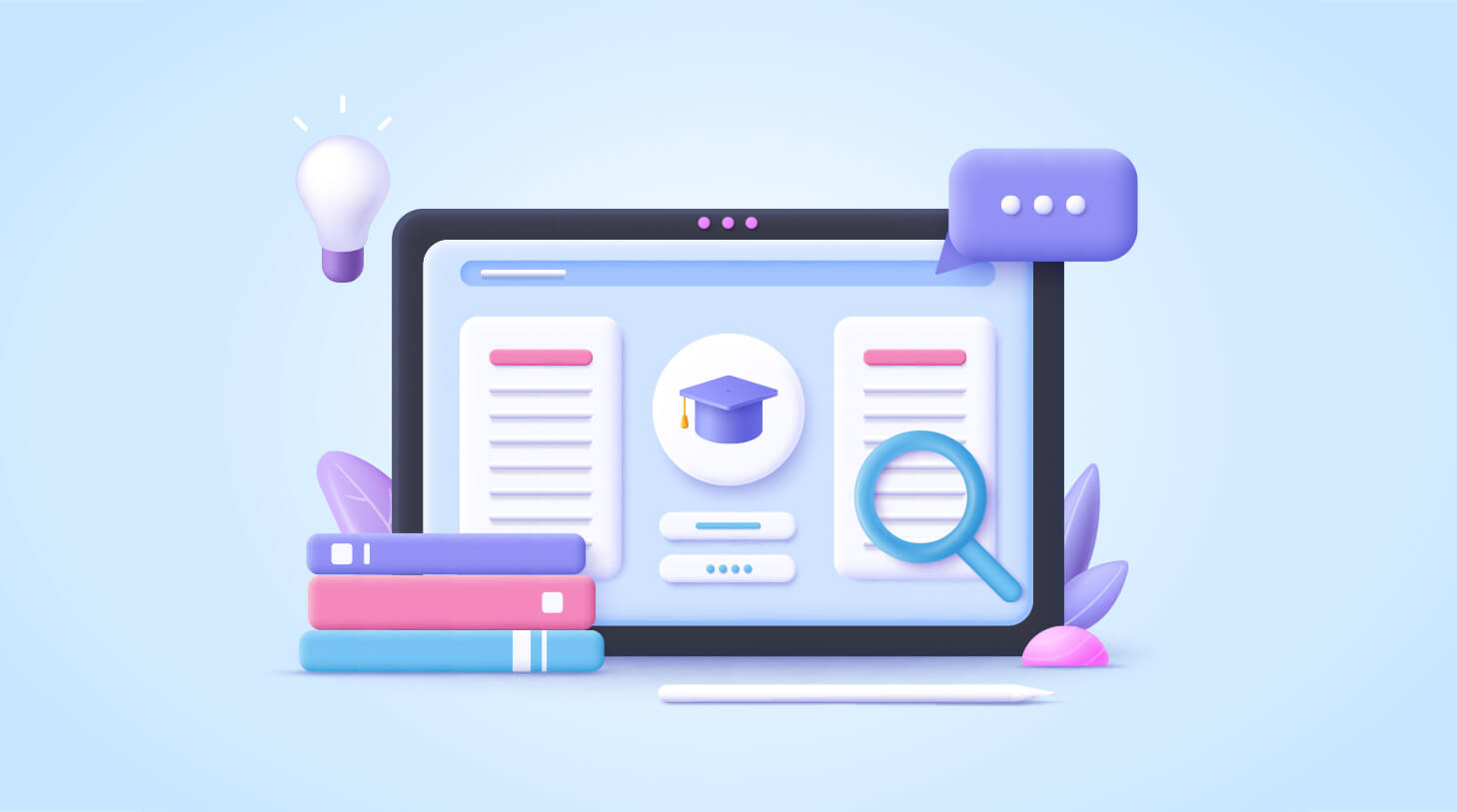Your guide to creating effective employee development plans
Why do employees quit? In 2023, most workers didn’t hit the road because of toxic work cultures, inadequate benefits, or unreasonable compensation — they left because of a lack of career opportunities.

And unfortunately, that’s not a new phenomenon. According to data from Pew Research Center, “no opportunities for advancement” was one of the top reasons workers quit jobs in 2021 too, tied only with low pay.
The majority of employees (67% of them in a survey conducted by MIT Sloan) are eager to advance their careers. Yet, research from Gartner shows that only 46% feel supported in honing their skills and forging their path up the ladder at their current organization.
Here’s where employee development plans hold a lot of power. These seemingly humble documents get you and your workers on the same page about professional goals and progress, while providing much-needed visibility into how employees can advance their careers within the company.
Contents
What is an employee development plan?
An employee development plan is a document created collaboratively by a manager and an employee that spells out a single worker’s professional goals and a detailed action plan for achieving them.
While the employee development plan is largely focused on the desires and ambitions of the employee, it should balance individual goals with the needs of your organization and the “expected objectives for the employee to contribute to the company,” explains Sarah Morgan, a senior recruiter.
Put simply, a solid employee development plan won’t just fuel the growth of a single employee — it’ll fuel the growth of your entire organization.
What should you include in an employee development plan?
Despite the fact “employee development plan” sounds rigid and formal, these documents are surprisingly flexible. You have the freedom to adapt them to the needs of your employee, team, or entire organization.
Some companies create highly detailed development plans that are several pages long, while others opt for quick bullet points that fit in a chart on a single page.
Additionally, your plan is largely dictated by the employee’s specific circumstances. For example, are you documenting a plan to support them in:
- Building a specific skill?
- Moving to the next level of their existing career?
- Switching to an entirely different function or career path?
Those unique situations might require different sections within your plan. But, speaking generally, an employee development plan will include:
- Skills assessment: Whether the employee completes a formal skills assessment or not, the document should list their existing strengths and any skill gaps or development areas to focus on. In our recent upskilling report completed with TalentLMS, 71% of employees said they’d like to update their skills more often. This level of clarity about where they excel and where they can improve refines their focus.
- Career goals: What are the objectives the employee wants to achieve? The plan can include both short- and long-term goals, ideally with specific milestones or metrics that indicate success. Aim to stick with five or fewer goals so the plan doesn’t become overwhelming and remember to confirm that the employee’s vision is aligned with the company’s needs.
- Action plan: Goal-setting is nice, but without action, it’s nothing more than an idea. The action plan section of the employee development plan is where you get into the weeds about the exact steps the employee will take to work toward their goal. The more specific you can be here, the better.
- Resources and support: The entire point of this plan is to confirm the employee not only has room to grow but also support from the organization to do so. In this section, detail the opportunities and resources your organization will provide to the employee to help them pursue their professional goals. This could be anything from mentorship to courses to special projects.
- Timelines: It’s not a plan without a timeline. Each plan should include dates — whether they’re attached to goals or specific action steps — so that the manager and employee are aligned on when things will be accomplished.
Eager to jump in and get started? Here’s a simple employee development plan template you can use:
|
[Employee Name] Development Plan |
|||
|
Employee: |
Employee’s name |
||
|
Job title: |
Job title |
||
|
Manager: |
Manager’s name |
||
|
Plan creation date: |
Date |
||
|
Skill analysis |
|||
|
Strengths: |
|
Progress notes with dates |
|
|
Development areas: |
|
Progress notes with dates |
|
|
Goal setting |
|||
|
Professional goal #1: |
Goal with performance metrics or success indicators attached. |
||
|
Related resources: |
Relevant opportunities and resources available to the employee |
||
|
Action plan: |
Step #1 |
Deadline or milestone |
Progress notes with dates |
|
Step #2 |
Deadline or milestone |
Progress notes with dates |
|
|
Step #3 |
Deadline or milestone |
Progress notes with dates |
|
|
Step #4 |
Deadline or milestone |
Progress notes with dates |
|
|
Professional goal #2: |
Goal with performance metrics or success indicators attached. |
||
|
Related resources: |
Relevant opportunities and resources available to the employee |
||
|
Action plan: |
Step #1 |
Deadline or milestone |
Progress notes with dates |
|
Step #2 |
Deadline or milestone |
Progress notes with dates |
|
|
Step #3 |
Deadline or milestone |
Progress notes with dates |
|
|
Step #4 |
Deadline or milestone |
Progress notes with dates |
|
Who creates an employee development plan?
The employee and the manager work together to create an employee development plan. But when you boil it all down, who’s ultimately responsible?
“This is a question for the ages and may garner a few perspectives,” Sarah says. “I do believe it should be a joint effort by employee and manager to create as well as maintain. That said, managers should be aware that there are some areas where they need to take initiative with the employee.”
However, the reverse can also be true — employees might need to advocate for themselves and their goals, especially if they feel they aren’t getting the support or investment they believe they deserve.
Regardless of who’s doing the actual documenting, the most important thing is that the process is collaborative so that both the manager and the direct report feel bought-in and committed. When the plan is ready to go, it’s also smart to share a copy with the HR team so they’re in the loop.
Why are employee development plans important?
Employee development plans are way more than a formality or unnecessary recordkeeping. When they’re done well, these plans offer several benefits for employees and their companies.
Employee development plan benefits for employees
- Career growth and advancement: A whopping 91% of employees say it’s somewhat or very important to have a job where they consistently have opportunities to learn. A documented development plan refines their vision for their future and gives them actionable steps and resources to make it a reality.
- Increased motivation: Goals are inspiring and an employee development plan can fuel an employee’s intrinsic motivation (which comes from within) and extrinsic motivation (which comes from a desire to achieve external rewards, like a promotion or recognition).
- Better job satisfaction: When employees know where they want to go and what they need to do to get there, they’re more invested in their jobs and benefit from higher fulfillment and satisfaction.
- Improved clarity: According to Gartner, only 25% of employees are confident about their career path with their current organization. An employee development plan aligns employees and their managers on next steps and objectives, and provides more clarity about what an employee is working toward.
Employee development plan benefits for employers
- Improved employee performance: An employee development plan calls attention to an employee’s strengths and their development areas. Improving on those weaknesses and addressing skill gaps enhances their performance.
- Higher employee retention: Considering career advancement remains one of the top reasons people leave jobs, it makes sense that it has a direct impact on employee retention. When employees see a clear path to advancement within their organization, they’re less likely to look elsewhere for opportunities.
- Easier talent attraction: Your current employees care about career growth—and prospective employees do too. 92% of job candidates consider learning and development opportunities as a factor when choosing between two job offers. Employee development plans contribute to a culture of growth and learning in your organization, which is compelling for both present and potential workers.
- Better strategic alignment: Your ultimate goal in improving employee performance is to improve company performance, but that doesn’t happen if there’s a mismatch between individual and organizational goals. Employee development plans give managers and employees an opportunity to confirm their goals align, as well as to revisit them at regular intervals.
3 tips to make the most of employee development plans
Employee development plans themselves are a learning process—the more of them you do, the more you’ll learn about what works best for your team and organization. However, there are a few best practices that can help you right out of the gate.
1. Personalize the process
One employee might want to take the lead in ironing out their development plan while another might need some more prompting and encouragement. One person might be hungry for feedback while another is resistant to too much constructive criticism.
The development planning process will be most helpful when it’s personalized to each employee. While your plan template itself can stay largely the same, tailor your approach and related conversations to the preferences and unique qualities of your employees.
2. Set specific goals
One of the mistakes Sarah frequently sees organizations make with development plans is relying on vague or unclear goals. She recommends opting for the SMART goal framework, where goals are:
- Specific
- Measurable
- Achievable
- Relevant
- Time-bound
Here’s a quick comparison to show how much clarity this framework adds to development goals:
- Before: Get better at public speaking.
- After: Improve public speaking skills by volunteering as a speaker for at least three company events by the end of 2024.
Plus, the SMART goal framework touches on a lot of other important aspects of an employee’s development plan, such as a timeline and success metrics.
3. Continue to check in
“I think my biggest frustration as both an employee myself and someone in HR is that it’s not visited throughout the quarter or year,” Sarah says about most development plans. “They’re often created as a ‘box to check’ and then go back into the file to die.”
That not only wastes time but can also breed frustration in employees who will take it as evidence that you’re not truly invested in their development. You can combat this by
- Setting frequent and regular intervals to connect with employees about their development goals and progress, such as during one-on-one meetings
- Storing the plan somewhere it can be easily accessed by the manager and employee, so they can check progress and make changes when necessary
- Scheduling a designated meeting to talk about updates to development goals when there’s a larger shift, such as a company strategy change or a team restructuring
When you involve employees in creating their development plans, listen thoughtfully to their goals, questions, and feedback, and commit to ongoing conversations about their progress, you’ll show them that their growth and advancement is an ongoing priority — not a one-time event.
Frequently asked questions
- What is an employee development plan?
- An employee development plan is a document created by a manager and employee to outline professional goals and the steps needed to achieve them. It balances individual ambitions with organizational needs, fostering career growth and aligning employee efforts with company objectives.
- Why do employees quit due to a lack of development opportunities?
- According to Pew Research Center, lack of advancement opportunities is a top reason for quitting, alongside low pay. Employees seek growth and when they don't see a path forward, they leave. An employee development plan can provide clarity and a clear path for career progression, addressing this issue.
- How do employee development plans benefit employers?
- Employee development plans improve performance, retention, and talent attraction. They align individual goals with organizational objectives, ensuring employees are motivated and equipped to contribute effectively. This leads to higher job satisfaction and a stronger, more committed workforce.
- What should be included in an employee development plan?
- A comprehensive employee development plan should include a skills assessment, career goals, an action plan, resources and support, and timelines. Each section ensures the employee knows their strengths, areas for improvement, specific steps to achieve goals, available support, and deadlines.
- How often should employee development plans be reviewed?
- Employee development plans should be reviewed regularly, ideally during one-on-one meetings and whenever there are significant changes in company strategy or team structure. Regular check-ins ensure progress is tracked, goals remain relevant, and employees feel supported in their career growth.



